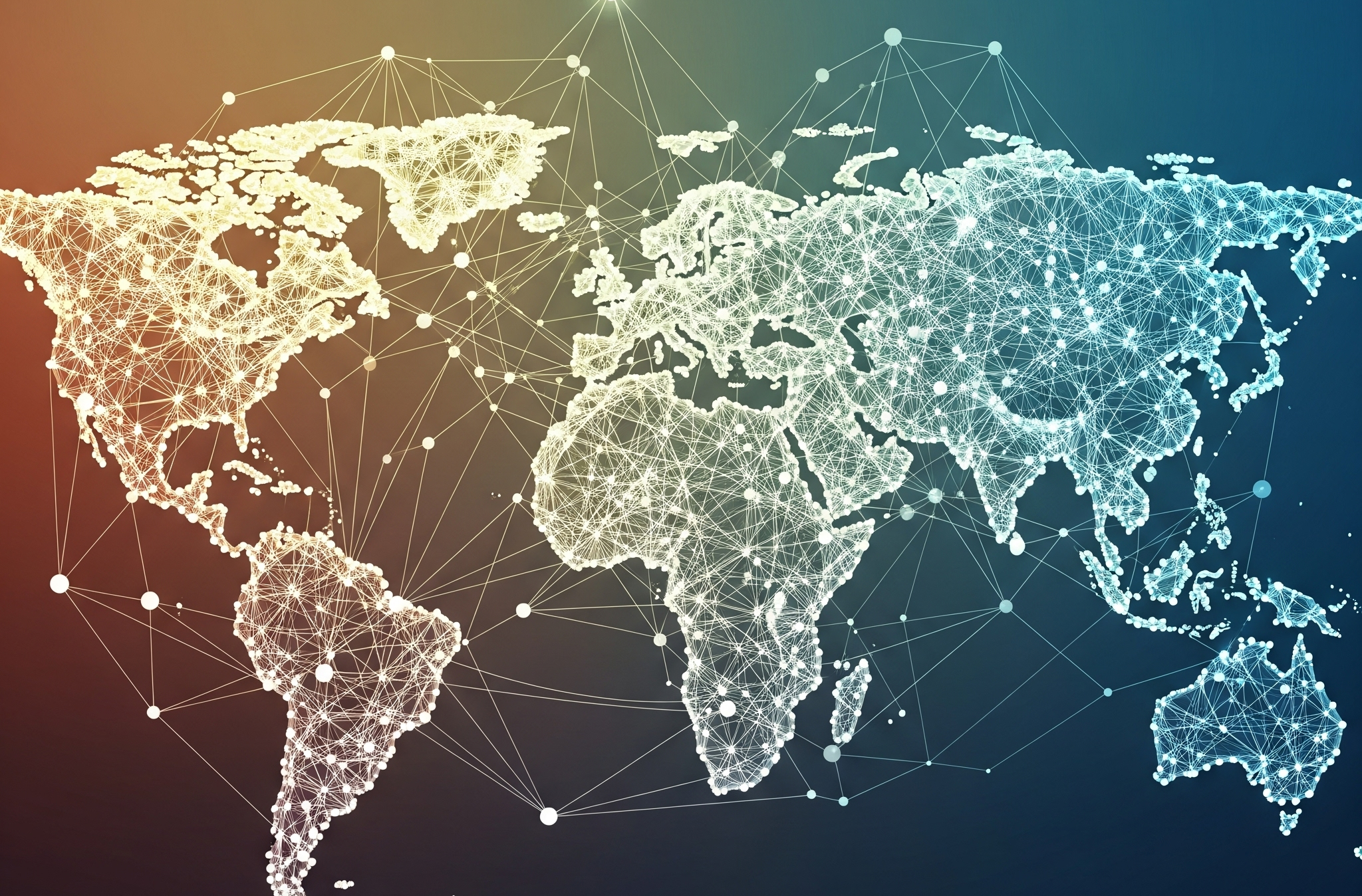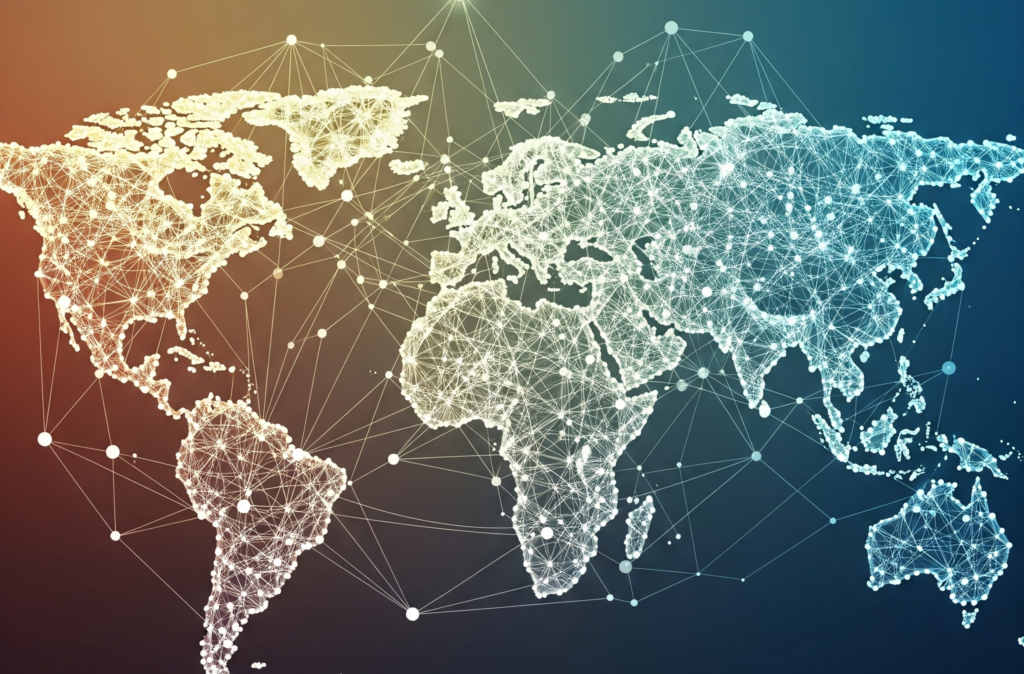
In June 2023, Brazil recorded a notable trade surplus of US$ 5.9 billion, marking a significant milestone for the Latin American giant. However, despite this positive figure, the surplus fell short of market expectations, sparking discussions among economists, policymakers, and investors about the country’s economic trajectory, global trade dynamics, and upcoming challenges. To understand the implications of this data, it is essential to analyze the context, the factors influencing Brazil’s trade balance, and what this means for the broader economy.
Brazil’s Trade Balance: The Basics
Brazil, the largest economy in Latin America, has long been a major player in global commodities markets, particularly in soybeans, iron ore, oil, and agricultural products. Its trade balance — the difference between exports and imports — is a key indicator of economic health, reflecting competitiveness, global demand, currency stability, and domestic consumption patterns.
In June 2023, the country registered a trade surplus of US$ 5.9 billion. While this figure is impressive in absolute terms, it was below the market consensus, which anticipated a surplus of approximately US$ 6.5 billion. This discrepancy prompted analysts to delve into the underlying causes and potential repercussions.
Factors Contributing to the June Surplus
Several factors influenced Brazil’s trade surplus in June:
- Commodity Prices and Export Volumes
Brazil’s export performance hinges heavily on commodities. In June, the prices of key exports like iron ore and soybeans experienced slight declines compared to previous months, partly due to global market fluctuations and demand shifts from China, Brazil’s primary trading partner. Reduced prices and export volumes directly impacted revenue, limiting the overall surplus. - Global Economic Conditions
The global economy faced uncertainties in June, including inflation concerns, monetary tightening in major economies, and geopolitical tensions. These factors subdued global demand for Brazilian exports, especially industrial goods and commodities, constraining export growth. - Currency Fluctuations
The Brazilian real experienced volatility during June, appreciating against the US dollar at times. A stronger real makes Brazilian exports more expensive for foreign buyers, potentially reducing demand and contributing to a lower-than-expected trade surplus. - Import Dynamics
Despite the surplus, June saw an uptick in imports of machinery, electronics, and consumer goods, driven by domestic consumption and investment recovery. Increased imports partially offset export gains, leading to a narrower surplus than anticipated.
Why Was the Surplus Below Expectations?
While US$ 5.9 billion is a positive figure, the shortfall from forecasts reflects a combination of recent global and domestic developments:
- Slower Export Growth: The decline in commodity prices and demand, especially from China, impacted export revenue.
- Higher Import Levels: Increased domestic demand for imported goods, such as high-tech equipment and vehicles, narrowed the trade gap.
- Currency Dynamics: Periods of real appreciation made exports less competitive, affecting revenue.
Market analysts emphasize that these factors are interconnected, reflecting a complex global environment that influences Brazil’s trade outcomes.
Implications for Brazil’s Economy
The trade surplus plays a vital role in stabilizing Brazil’s current account and supporting its foreign exchange reserves. A surplus of US$ 5.9 billion, though below expectations, still signifies healthy external sector performance. However, the below-forecast figure raises questions about future trends.
Positive aspects include:
- Continued Export Strength: Despite some setbacks, Brazil’s exports remain robust, especially in commodities.
- Foreign Exchange Stability: Surpluses support the real and help manage inflationary pressures stemming from currency volatility.
- Investor Confidence: Consistent trade surpluses contribute to a more favorable investment climate.
Potential concerns involve:
- Dependence on Commodities: Heavy reliance on commodity exports exposes Brazil to global price swings.
- Trade Policy Uncertainties: Evolving trade agreements and tariffs could impact future trade flows.
- Domestic Economic Conditions: A slow recovery or inflation could influence import levels and overall trade dynamics.
Looking Ahead: Future Prospects and Challenges
Brazil’s trade outlook depends on several factors:
- Global Demand Recovery: A rebound in Chinese and global economic activity could boost commodity prices and exports.
- Diversification Efforts: Increasing value-added exports and reducing reliance on commodities could stabilize trade balances.
- Currency Policy: Managing exchange rate fluctuations will be crucial to maintaining export competitiveness.
- Domestic Economic Policies: Stimulus measures, infrastructure investments, and trade negotiations will shape future trade performance.
Furthermore, the government and private sector are exploring avenues to diversify exports, focusing on agribusiness, renewable energy, and technological innovation, aiming to reduce vulnerability to external shocks.
Broader Context: Brazil in the Global Trade Arena
Brazil’s trade performance is a reflection of its position in the global economy. As a major exporter of raw materials, it benefits from commodity demand but must also contend with price volatility and global economic uncertainties. The 2023 trade surplus, while positive, underscores the need for strategic measures to enhance resilience.
In recent years, Brazil has sought to strengthen trade relations within Mercosur, negotiate new trade agreements, and improve logistics infrastructure. These efforts aim to diversify markets and stabilize export revenues.
Conclusion
Brazil’s trade surplus of US$ 5.9 billion in June 2023 showcases the country’s ongoing role as a key commodities exporter and a vital player in global trade. Although the figure fell short of expectations, it signals resilience amidst a challenging global environment. Moving forward, Brazil’s ability to diversify its export base, manage currency fluctuations, and adapt to global economic shifts will determine whether it can sustain and grow its trade surplus.
For investors, policymakers, and consumers alike, understanding these dynamics is crucial. As Brazil continues its path toward economic recovery and stability, its trade figures offer valuable insights into the country’s prospects and the challenges ahead. While short-term fluctuations are inevitable, strategic investments in innovation, infrastructure, and trade relations hold the promise of a more resilient and competitive Brazilian economy in the years to come.
